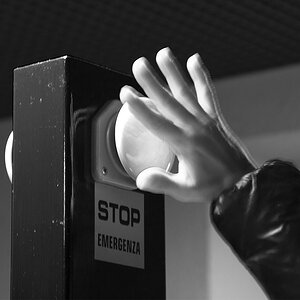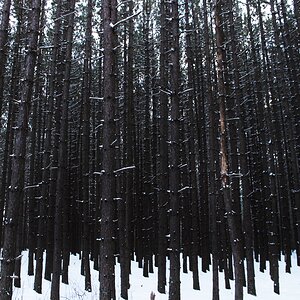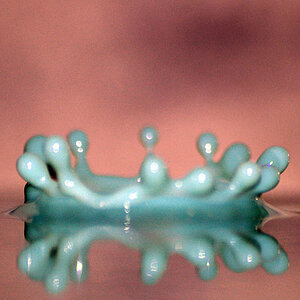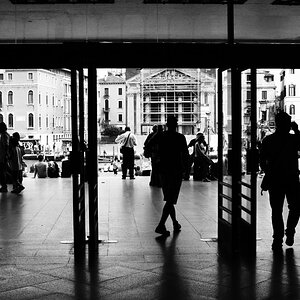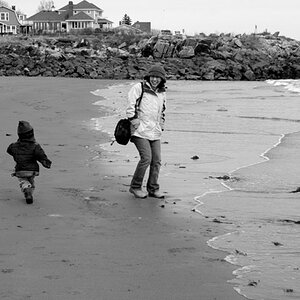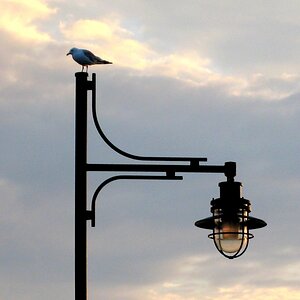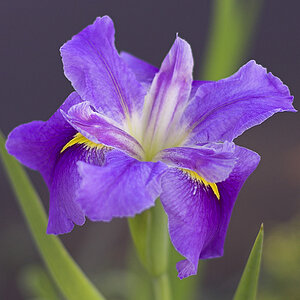upper
TPF Noob!
- Joined
- Apr 27, 2008
- Messages
- 59
- Reaction score
- 0
- Can others edit my Photos
- Photos NOT OK to edit
i think i read somewhere that if you take raw picture, its better than jpeg picture. is this true? i also read that you can change the exposure after the picture has been taken, how do you do this?
and side question, my camera, a XSI. after i snap a picture the screen shows busy for like 2-3 second, how am i suppose to shoot fast if this happens? i tried to take with low quality picture, i tried putting the shutter speed to the max, i have it on continious shoot mode thing.
thanks for the help.
and side question, my camera, a XSI. after i snap a picture the screen shows busy for like 2-3 second, how am i suppose to shoot fast if this happens? i tried to take with low quality picture, i tried putting the shutter speed to the max, i have it on continious shoot mode thing.
thanks for the help.



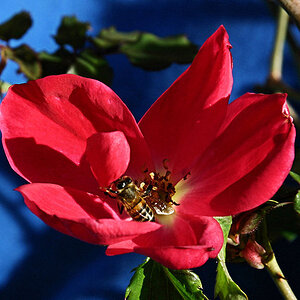
![[No title]](/data/xfmg/thumbnail/32/32947-11daccca0ca979c310e3963ceb9d01d8.jpg?1619735780)
![[No title]](/data/xfmg/thumbnail/41/41923-ddfdc5596c5073ae69761e32124481cf.jpg?1619739945)
![[No title]](/data/xfmg/thumbnail/35/35265-c9ea3efd2c618a57ea136e63ad106880.jpg?1619736970)
